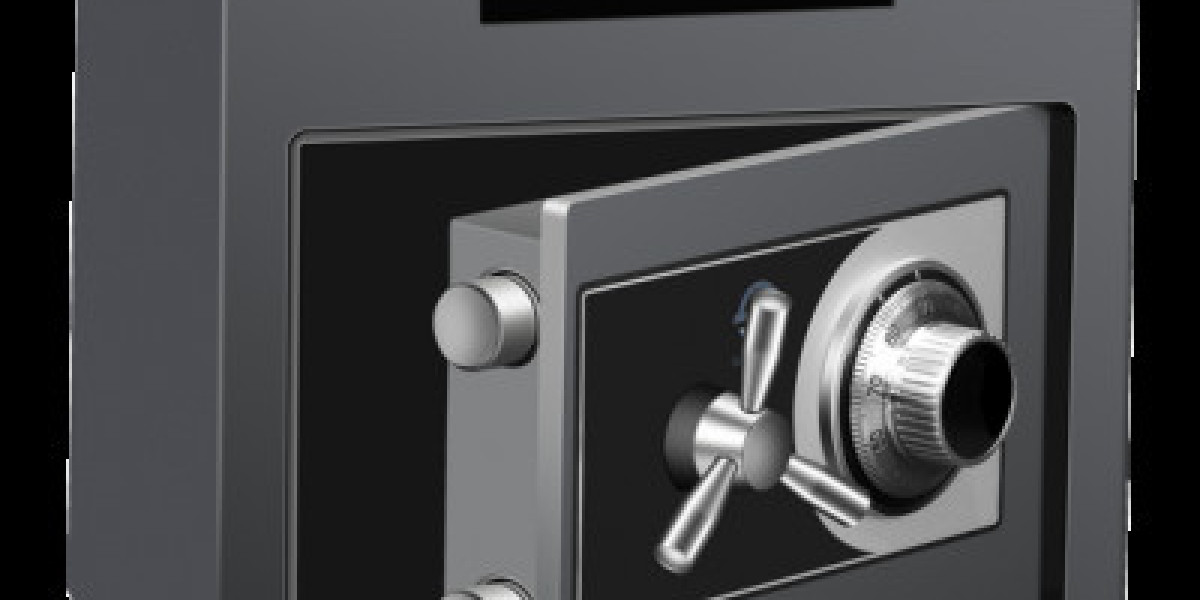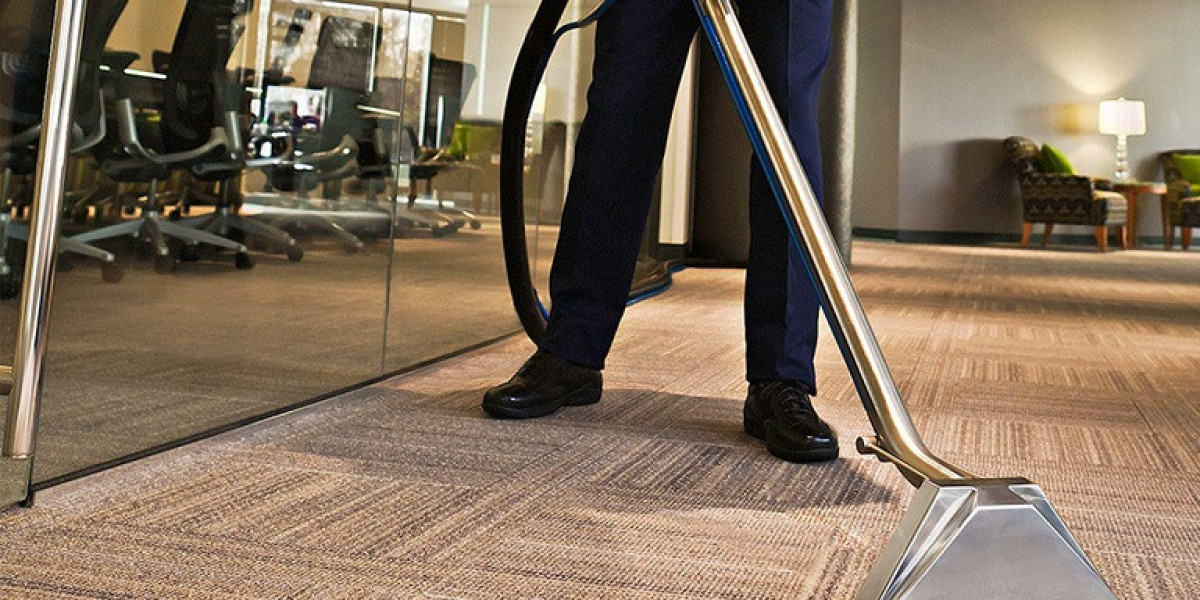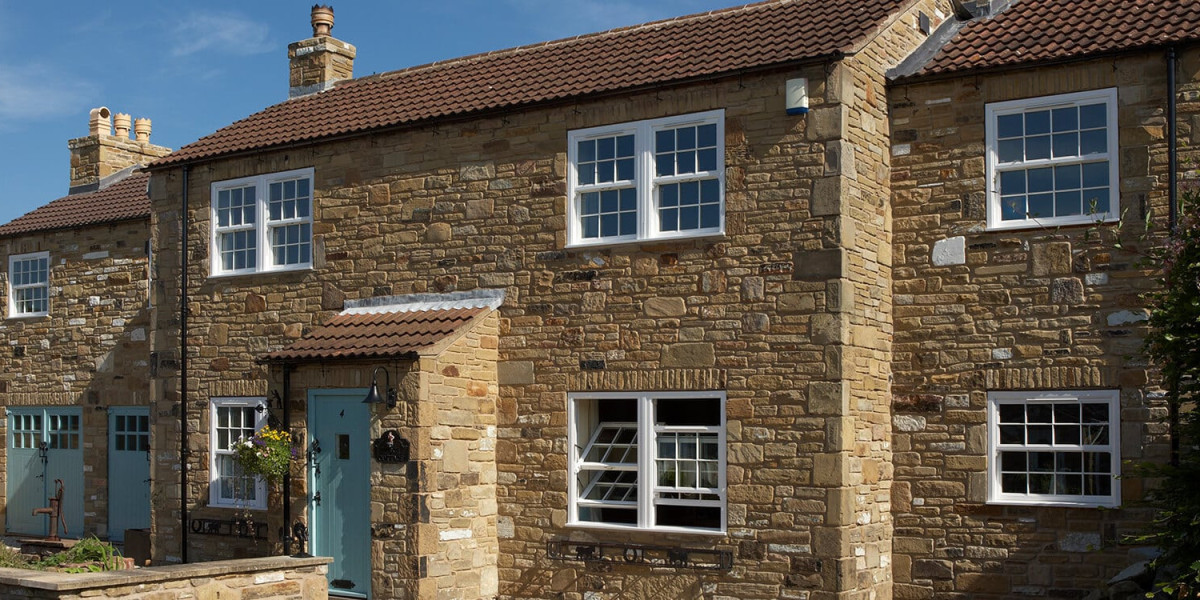When it comes to protecting your hard-earned cash, emergency funds, or business revenue, choosing the right cash safe is a critical decision that shouldn't be taken lightly. With countless options flooding the market, from basic lockboxes to sophisticated vault-grade safes, knowing what features truly matter can save you both money and heartache down the road.
Size and Capacity: Getting the Dimensions Right
The first consideration should always be capacity. Think beyond your current cash storage needs and consider future requirements. A safe that's too small will force you to make multiple trips or leave excess cash vulnerable elsewhere. Measure the space where you'll install the safe, but also consider the internal dimensions after accounting for the walls and locking mechanism.
For home use, a compact safe that holds $5,000-$10,000 in various bills typically suffices for emergency funds. Business owners should calculate their peak cash holdings, including daily receipts, petty cash, and change funds, then add 30% buffer space.
Security Features: Beyond the Basic Lock
Lock Types Matter Significantly Digital electronic locks offer convenience and can be programmed with multiple user codes, making them ideal for businesses or families. However, they require battery power and can fail during emergencies. Mechanical combination locks are more reliable long-term but slower to operate. Key locks are fastest but present key management challenges.
Steel Gauge and Construction Look for safes constructed with at least 12-gauge steel walls, though 7-gauge or thicker provides superior protection. The door should be even thicker than the walls. Avoid safes with hollow spaces that can be easily penetrated with basic tools.
Bolt Work and Hinges Quality safes feature multiple locking bolts (at least three) that extend into the frame from multiple sides when locked. External hinges are actually preferable to internal ones, as they're typically stronger and allow for wider door opening.
Fire Protection: Safeguarding Against Disasters
Fire ratings are crucial but often misunderstood. A safe rated for 30 minutes at 1,550°F will protect paper documents, but cash can withstand higher temperatures. Look for ratings of at least 1 hour at 1,700°F for adequate cash protection.
Remember that fire protection typically comes at the cost of security against theft, as fire-resistant materials differ from theft-resistant steel. If both threats concern you, prioritize based on your specific risk assessment.
Installation and Anchoring Options
Weight Considerations Heavier safes deter theft through difficulty of removal, but consider your floor's load-bearing capacity. A 200-pound safe provides reasonable theft deterrence while remaining manageable for installation.
Mounting Options Quality safes include pre-drilled holes for bolting to floors or walls. This feature is essential, as even heavy safes can be removed by determined thieves with proper equipment. Ensure you can access the mounting points in your intended location.
Budget vs. Value: Making Smart Financial Decisions
Avoid the temptation to protect $10,000 in cash with a $50 safe. A general rule suggests spending 10-20% of the safe's intended contents value on the safe itself. This investment pays dividends in peace of mind and actual protection.
Consider the total cost of ownership, including installation, maintenance, and potential insurance premium reductions. Many insurers offer discounts for properly installed, rated safes.
Special Features Worth Considering
Interior Organization Adjustable shelves, cash trays, and document holders maximize space efficiency and organization. Some safes include separate compartments for different denominations or purposes.
Audit Trails Electronic safes with memory functions can track access times and users, valuable for business applications or monitoring teenage access to emergency funds.
Environmental Sealing Look for safes with door seals that protect against moisture, dust, and smoke damage, extending protection beyond fire scenarios.
Final Recommendations
Before purchasing, physically examine the safe if possible. Check the door gap uniformity, lock smoothness, and overall build quality. Read professional reviews and verify certifications from recognized testing organizations like UL (Underwriters Laboratories).
Remember that no safe provides absolute security, but the right choice significantly increases the time, noise, and effort required for unauthorized access, deterring most opportunistic threats while providing reliable protection for your valuable cash assets.
Choose wisely, install properly, and maintain regularly for years of reliable cash protection.







